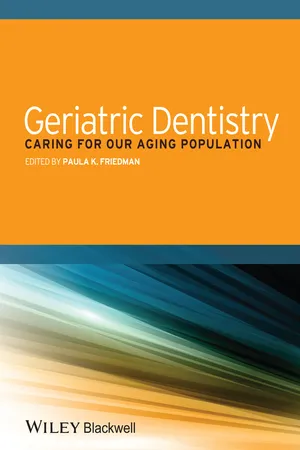The US aging population is increasing. The US older population, that is individuals aged 65 and older, reached 40.3 million in 2010. This is an increase of 5.3 million compared to the 2000 census. The percentage of the US population aged 65 and older also increased from 2000 to 2010. In 2010, the older population represented 13.0% of the total population, an increase from 12.4% in 2000 (Vincent & Velkoff, 2010). In the USA, by 2030 it is projected that there will be about 72.1 million older people, more than twice their number in 2000. Individuals aged 65 and older are expected to grow to become 19% of the US population by 2030 (Administration on Aging, 2012). By 2050, it is projected that there will be about 88.5 million older adults, 20.2% of the US population (US Census Bureau, 2008a).
Ethnic diversity
The US population is becoming increasingly diverse, and this is true for the aging population too. In the USA, among those aged 65 and older in 2050, 77% of the elder population are projected to be White-alone, down from 87% in 2010. Within the same age group, 12% are projected to be Black-alone and 9% are projected to be Asian-alone in 2050, up from 9% and 3%, respectively, in 2010. The Hispanic proportion of the older population is projected to quickly increase over the next four decades. By 2050, 20% of the US population aged 65 and over are projected to be Hispanic, up from 7% in 2010. The smallest race groups are projected to see the largest growth relative to their populations. Among the population aged 65 and older, it is projected that in 2050, the American Indian and Alaska Native-alone population will be 918 000, up from 235 000 in 2010, and the Native Hawaiian and Other Pacific Islander-alone population will be 219 000, up from 39 000 in 2010 (Vincent & Velkoff, 2010). There is also a trend of increasing number of old-old (age 75 and older) and oldest-old (age 85 and older) populations in the USA. The old-old and oldest-old carry much of the chronic disease burden in the population.
In the USA, among those aged 65 and older in 2050, the White-alone population will comprise approximately 77% of the aging population, whereas in 2010 the racial composition of the elder population was 87% White-alone, 9% Black, 3% Asian-alone, 7% as Hispanics, and 0.6% American Indian and Alaska Native. Between 2010 and 2030, the percentage of minority elders will increase much faster than the White population. The White population aged 65 and older is projected to increase by 59% compared with an average increase of 160% for older minorities, including Hispanics (202%), African Americans (114%), American Indians, Eskimos and Aleuts (145%), and Asians and Pacific Islanders (145%) (Administration on Aging, 2012).
While an increasing number of studies have examined oral health disparities across race/ethnicity in the USA, a limited number of such studies have been conducted for older adults. Policy makers, public health officials, and other healthcare providers need to better understand how social factors, along with medical conditions, may contribute to racial/ethnic disparities in oral health with the demographic transitioning to a more diverse older population in the USA (US Census Bureau, 2008b).
A report from the Surgeon General (US Department of Health and Human Services, 2000) noted ongoing racial/ethnic disparities in oral health across all ages, and it stressed the need for research to explain these differences. The first step towards explaining the disparities is to know how oral health differs between the groups.
